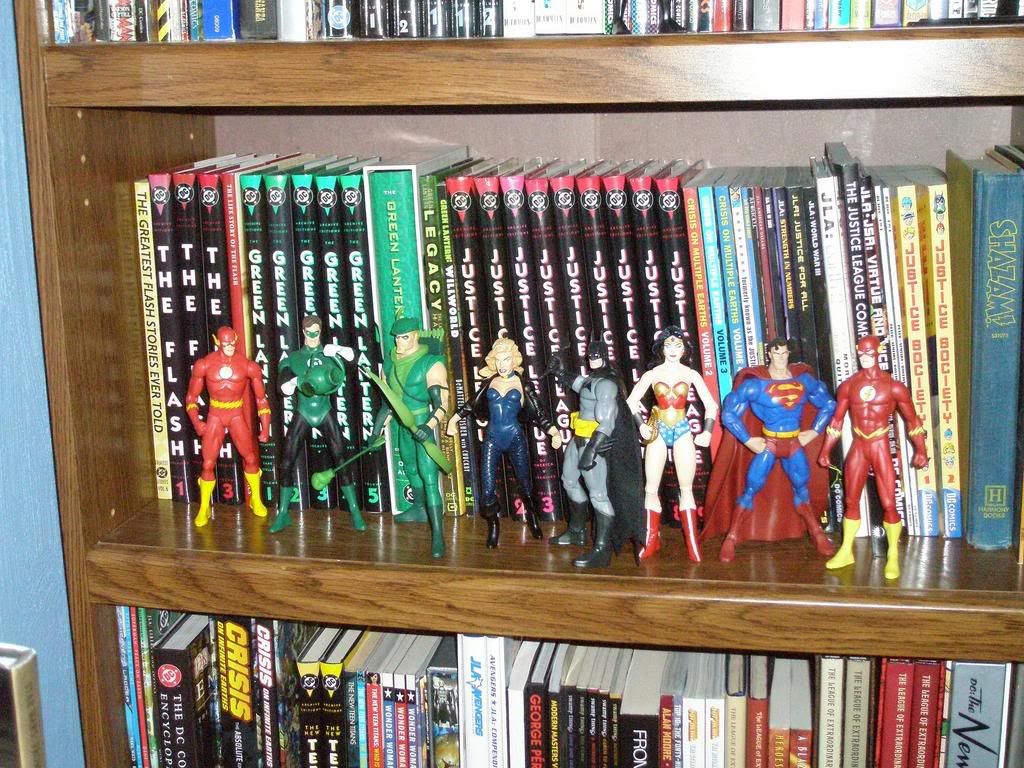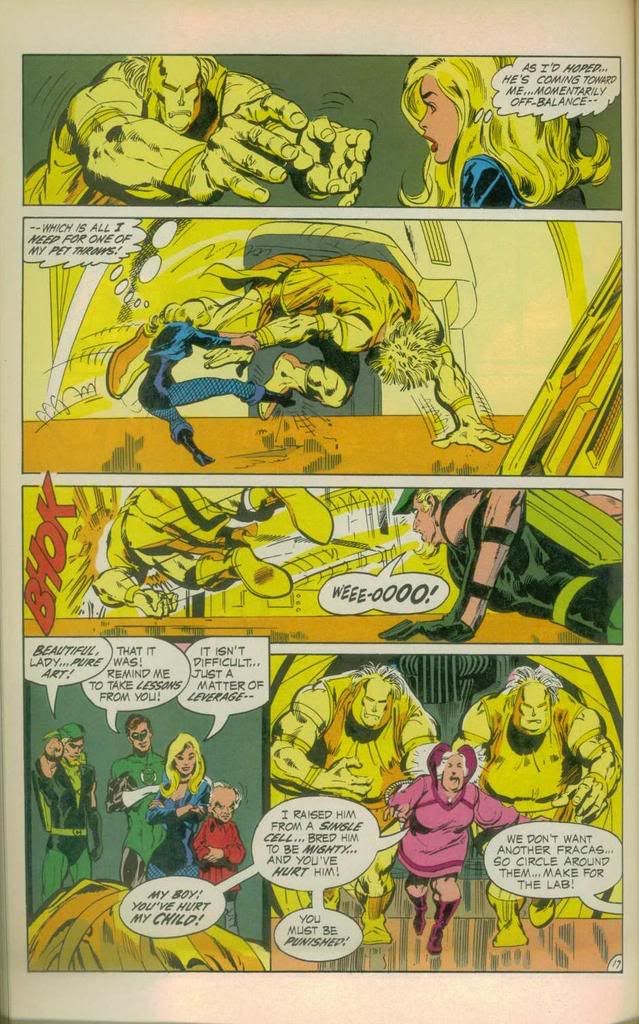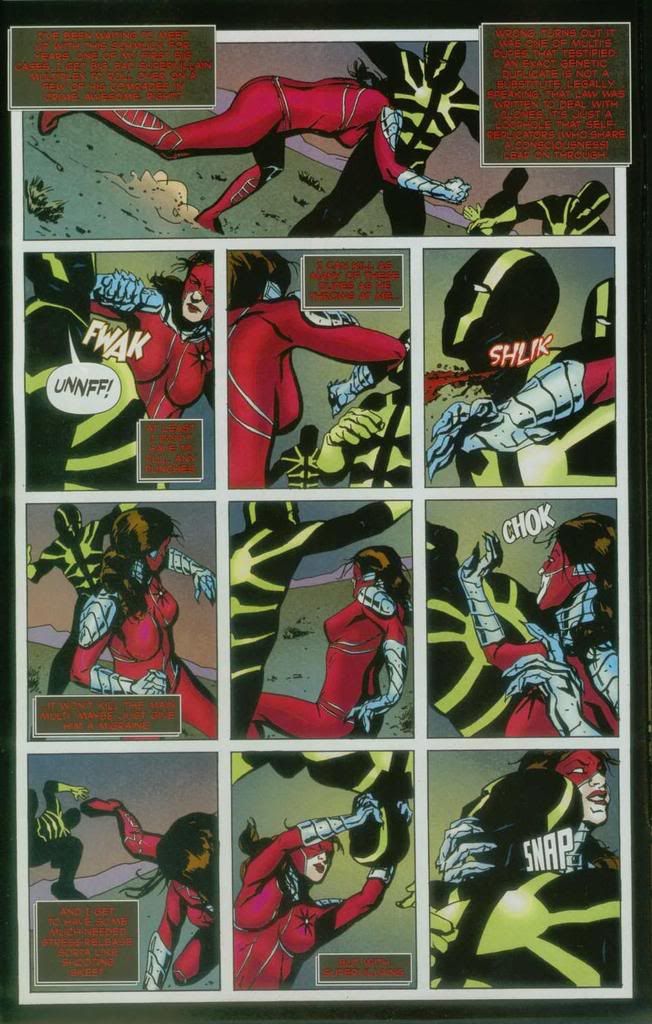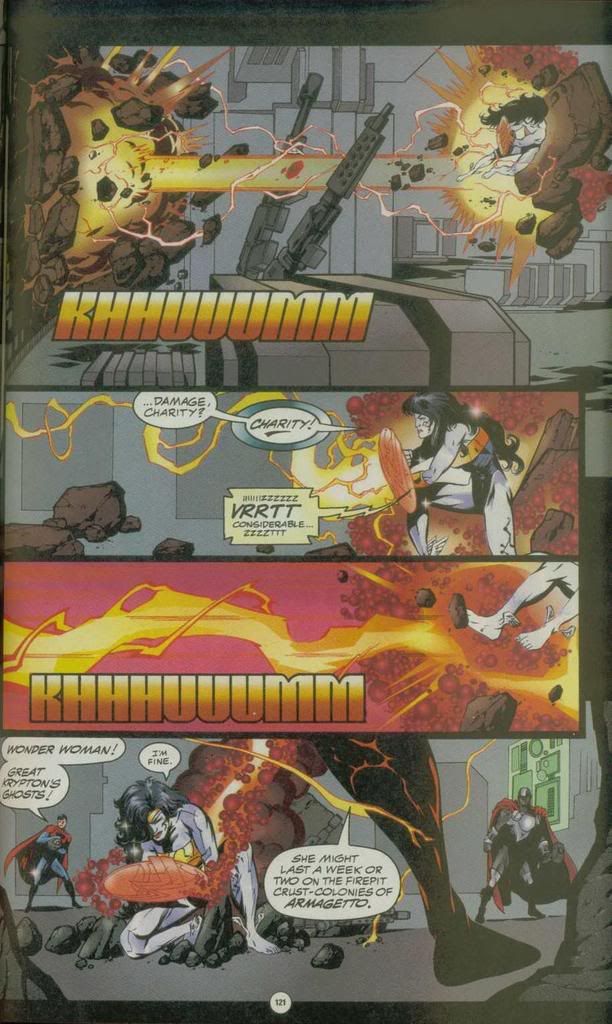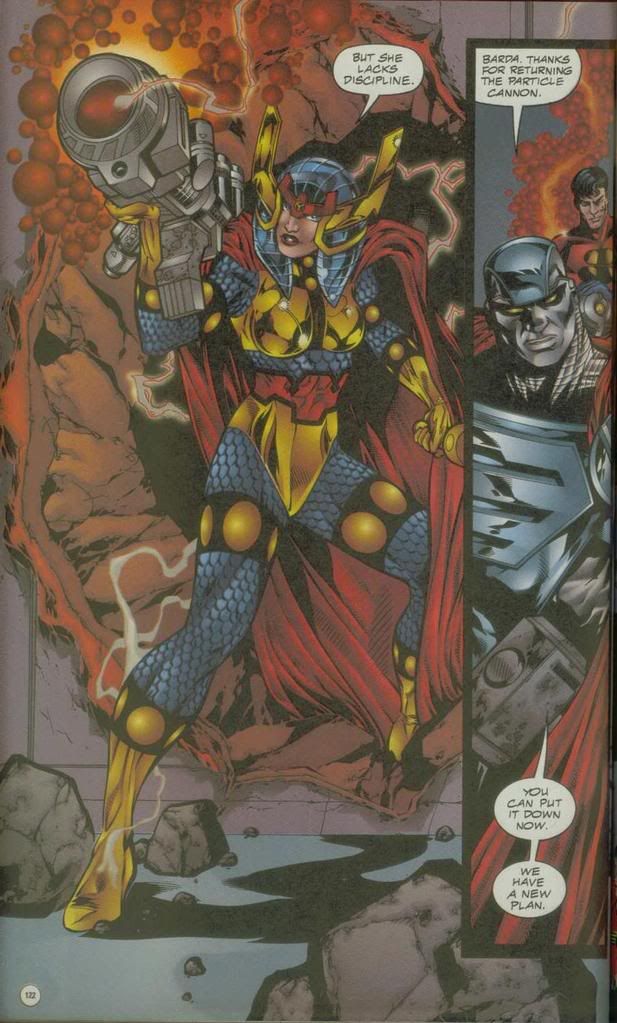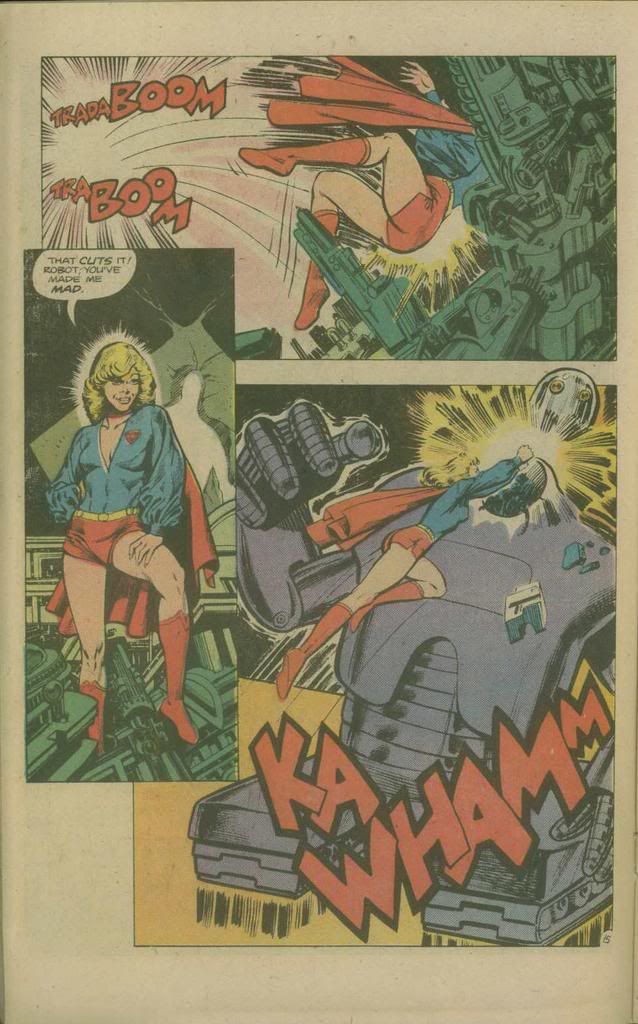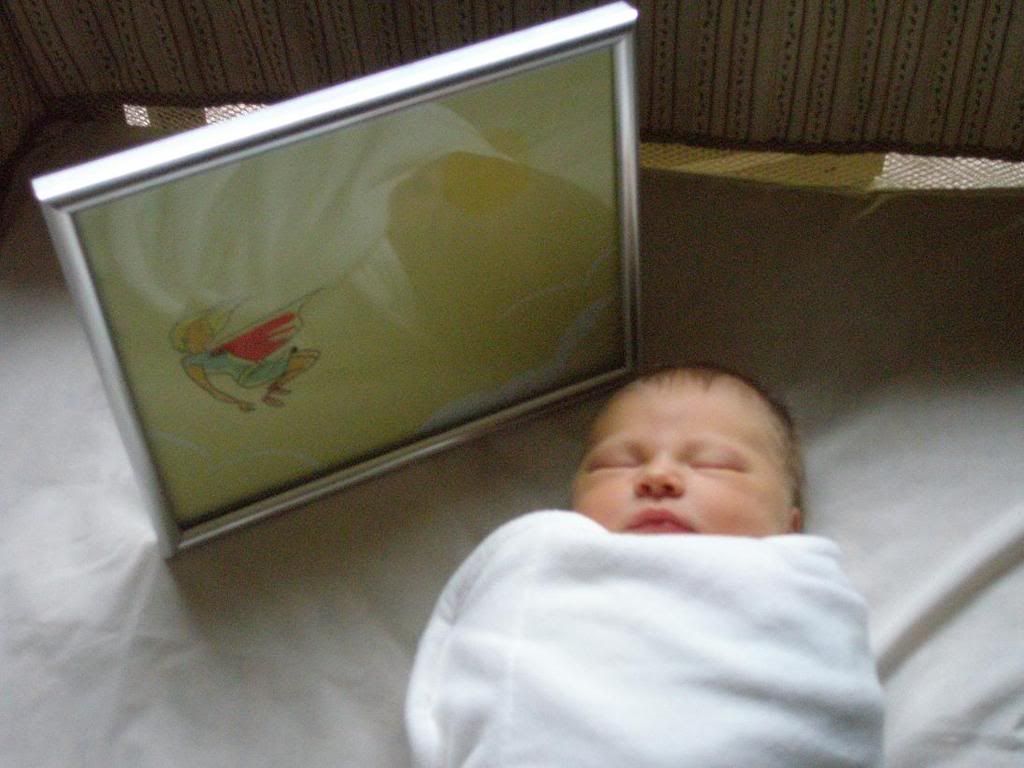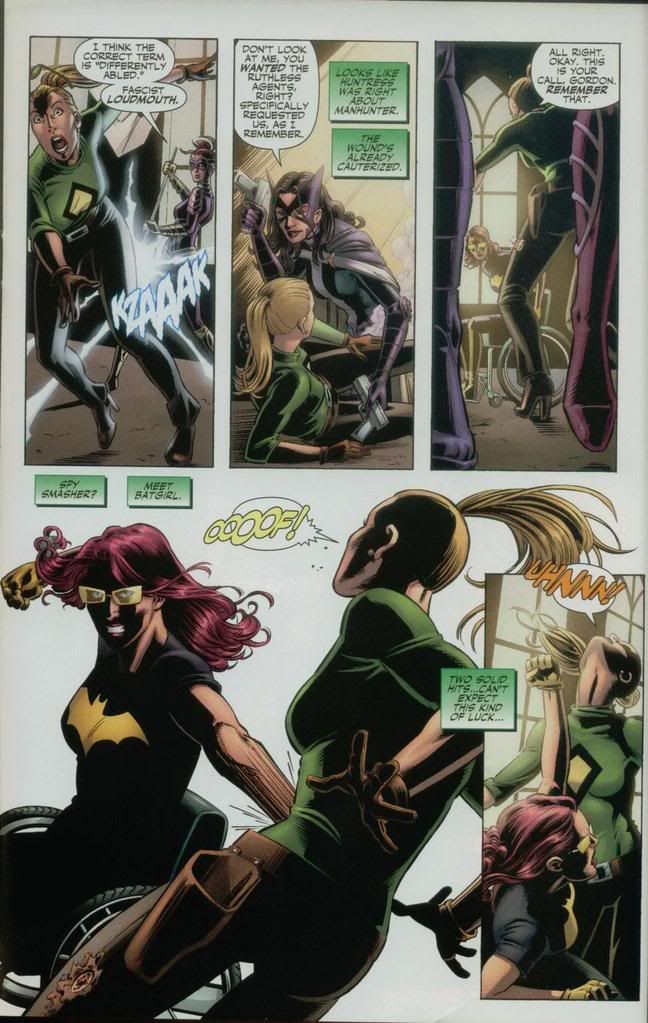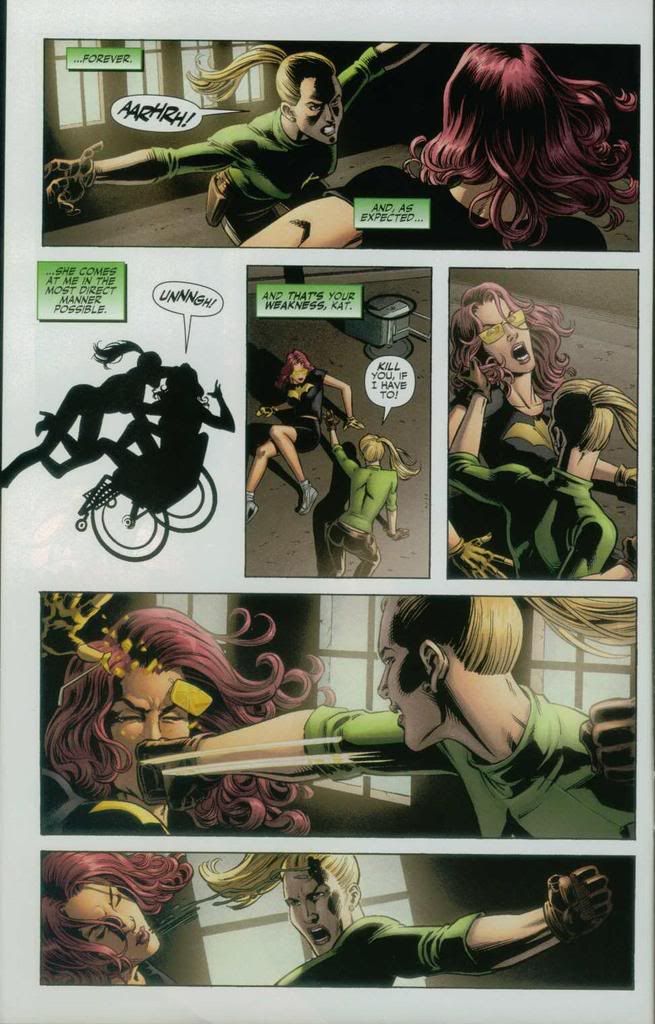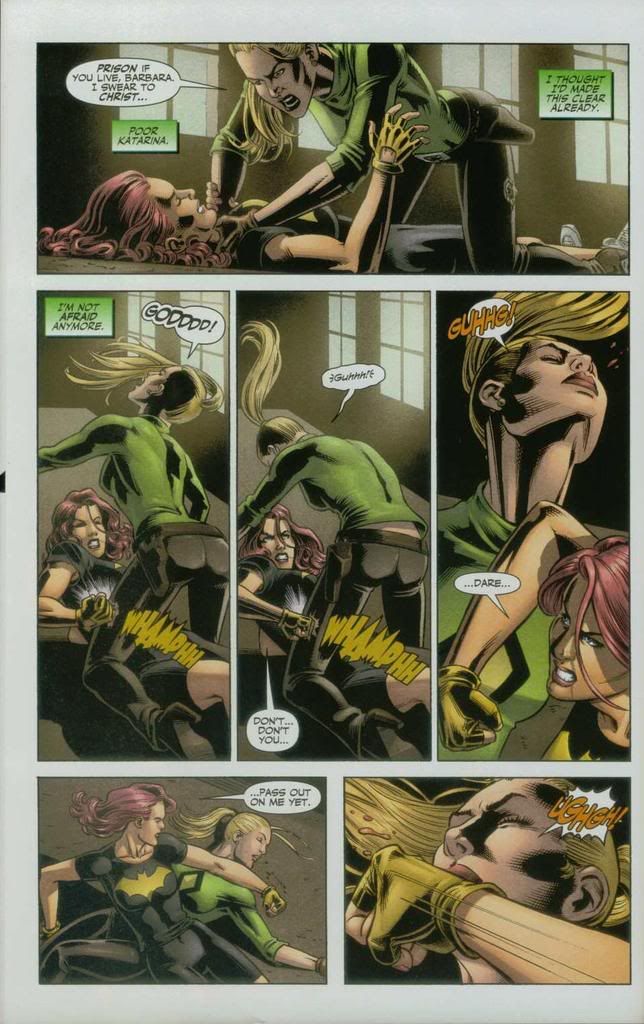SPOILERS FOLLOW, if by chance you don't know how "Twin Peaks" ended.
3
2
1
I am surely not the first person to think that Mulder and Scully should help free Cooper from the Black Lodge. It just seems like a good fit, especially considering the connections between the shows. Mysticism and magic in the Pacific Northwest, with a Project Blue Book connection thrown in for good measure, seems like an "X Files" episode already. Plus, Mulder would naturally be mistaken for the cross-dressing DEA agent Duchovny played on "Peaks." (However, tempting as it might be, connecting Major Briggs directly to Scully's dad seems a bit much.)
Looking closer, though, I see more tension. "Twin Peaks" played a particular game with its mysteries: its characters took them very seriously, but the show itself did not. In hindsight the show -- which at the time I took very seriously, don't get me wrong -- was a parody of soap operas, if not movies and TV in general. Knowing that Laura Palmer's murder was never meant to be solved, all the hoopla surrounding the mystery now seems like a grand game of misdirection. Even after her killer is revealed to the audience, he gets in on the act, feeding the cops clues he's making up on the spot. "X Files" got twisted around its own continuity as well, but that was more a function of the show's longevity; and it may offer some insight into its predecessor's hypothetical fate.
But I digress. "X Files" was a lot more skeptical about its paranormal elements. I picture Scully rolling her eyes at the town of Twin Peaks pretty much from the moment her rental car crosses the county line. Moreover, "XF's" mysteries were the kinds of legends one might have found in 1970s-era explorations like "In Search Of" and Chariots of the Gods. Whether an episode was a standalone "monster show" or a "mythology show" which contributed to the overarching plotline, "The X Files" reassured viewers that there were answers.
All this is to say that the final fate of Dale Cooper would be just another week in the woods for Mulder and Scully ... so we must then ask ourselves whether the character of Cooper, and by extension the "Twin Peaks" mythology, benefits from an intervention by "The X Files." The latter show wrapped up plotlines for two of its cousins, "Millennium" and "The Lone Gunmen," but in both cases I daresay that the guests played by the home team's rules.
I suspect the same would be true for "Twin Peaks," unless our hypothetical fanfic writer elects to change the rules subtly as the story progresses. Actually, that wouldn't be too much of a stretch for a "Peaks" storyline; and it would give Cooper the chance to save the day, after first being rescued himself.
See, if I were to write such a fanfic, I'd want it to be more than creative onanism. Sure, it'd be fun to watch Scully giggle at her partner's mistaken identity; or to give Mulder pause over the thought of entering the circle of sycamores. There are more logistical concerns too, like the fact that "Peaks" takes place in 1989, two years before Mulder and Diana Fawley stumbled upon the X Files. However, these things are like equations (I almost said "solving for X," ha ha): plug values into variables and see what comes out. What is missing, inevitably, from any fanfic is the unique element of creativity which only a David Lynch or Chris Carter can provide. In a very real sense, Lynch substituted Cooper's fate for Laura's killer. There are clues throughout (including in Fire Walk With Me), but putting them together ourselves yields only the sum of those parts. Involving "The X Files" would help acknowledge the deconstruction any outsider would have to perform in order to avoid something Mary Sue-ish and insubstantial. I'd have to think pretty hard about even the bare bones of such a story (which, naturally, I'd share with you-all).
Aw, who'm I kidding? Alan Moore could do it....
See you in 2009!



